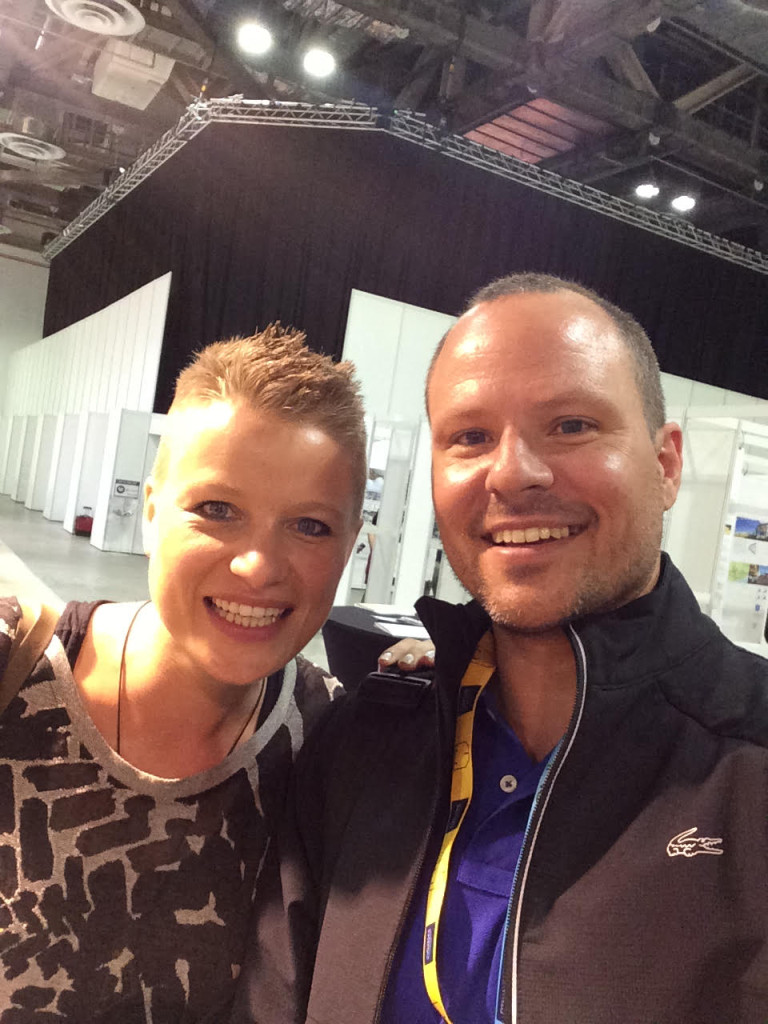
What happens at WAF
What happens at WAF
Share
Chris Bosse of LAVA. Image courtesy LAVA.
During the World Architecture Festival (WAF) in Singapore, awards were given only after thorough discussion.
Unlike many other award procedures, where winners are determined through online votes and conference calls, WAF takes a refreshing traditional approach. Finalists have exactly 10 minutes to present their work and for the following 10 minutes the jury ask questions. The conversations about individual projects vary in topic, and are a direct response to the presentation.
Visitors have the choice to look at printed presentations of finalist’s projects with detailed floor plans, sections and renderings in the various galleries, or they can get a more lively image of the creative process and outcome by entering the crit rooms. Architecture and interior design are visual trades, but concepts are often better challenged when critically discussed with the judging panel and the originator.
Rubbing shoulders with Peter Cook of Archigram fame and Sanjay Puri, one of the rising stars of the Indian architecture scene; or the founder of pecha kucha, Mark Dytham, is an added bonus.
As a judge for the Office Interior category, the question to Eva really was what exactly are we judging? Projects vary from multi-million dollar collaborations to more humble office fit-outs. Shall the judges award projects that have been realised through change management teams and multiple collaborations of visionaries? Or the little office that was created as an experiment for engineers who had lost their driving factor ‘creativity’?
Moreover the quality of presentation was clearly affected by the level of proficiency in English, the level of confidence and the ability to respond to questions. Storytelling is a powerful tool, our brains respond to it when a presentation has a good narrative and the project becomes more memorable.
Chris adds that the amazing thing is that you can see projects from all around the world, big and small, private, commercial or community. Sometimes they come from places you have never heard of and have no idea about, the challenge is to find the project that best responds to its brief context and budget and makes a relevant contribution, which can be small scale but of global relevance.
In 2008 LAVA presented the Beijing National Olympic Swimming Centre and were beaten by a beautiful community gym in Eastern Europe. Chris remembers a beautiful hotel in India built with local labor and materials that took out the award against all the best hotels in the world. At the same time a big project might win, such as the Singapore Sports Hub, for its novel approach to integration of multiple sports facilities and the city.
Being on the jury and having your peers from around the world present to you is the most humbling and energising pleasure, and an honour to be part of.
At WAF, design is celebrated as a tool to create change and improve the company’s culture. Projects that transform enterprises and thinking are rewarded for their impact on greater society.
After WAF’s humble start in Barcelona in 2007, the festival has been in Singapore for the last 5 years, announcing its move to Germany’s über-cool capital, Berlin, for next year’s festivities. Surely the amount of Australians taking part at WAF won’t suffer from a slight increase in distance.
Australia has been well presented and certainly been taking a fair amount of awards home this year and surely there are already plans for many to follow the lead.
Chris and Eva also presented an update about Berlin, which will be the host city for 2016 WAF in November.
Herzlich willkommen!
Article by Chris Bosse (Principal – LAVA) and Eva Krane (Cultural Attaché – bleux)

















